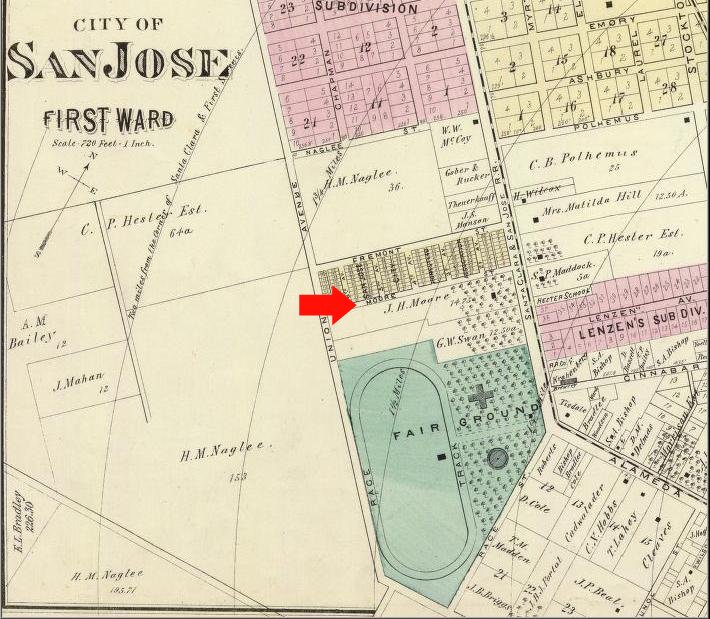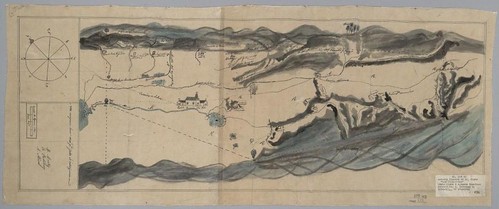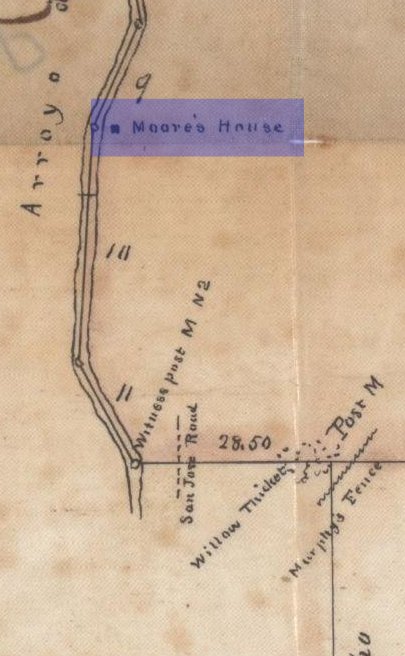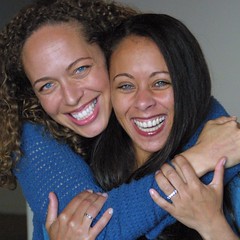You know those Arcadia Publishing Images of America local history books? I’m talking about the sepia-toned paperbacks about a single city or region, filled with pages of old photographs and local lore. I love them. After I started researching El Camino Real I became slightly addicted to them. I couldn’t go into a bookstore without gravitating towards Arcadia’s distinctive displays and very often walked out with one or two books. I at least had the self-control to limit myself to California cities on El Camino, but more than once I brought home books only to find out I already owned them. Mockery from my wife has prompted me to make a Google bookshelf of all the Arcadia books and other books I’ve accumulated about El Camino Real and California history so far. It will help me prevent duplicates, but beyond that it’s cool to see my whole collection in one virtual place.
I have 33 books in the list as of this posting, but I know I’ll be adding more. I own most of these titles, some I’ve gotten from the library, and the rest I’ve just heard about and hope to read some day. Fact is I’ve only read three of them cover-to-cover; the rest I just thumb through or look at the pictures or use for reference. That’s how I end up with duplicatesit’s hard to remember I have a book when I haven’t read it yet. Here’s a brief overview of a few key books on the list.
I have twelve Arcadia books, all unique. (I returned the duplicates.) The first one I bought was San Jose’s Historic Downtown. I bought it years ago, before All Camino, simply because I live in San Jose and was charmed by the book. I shortly went back and bought Milpitas because I work there. The rest I picked up after starting the blog. As I said they’re all cities on some branch of El Camino except strictly speaking Alviso, San Jose, which is so closely interrelated to its El Caminoed neighbors that it is included honorarily. Besides, Alviso, San Jose was written by the same guy who wrote Milpitas, Robert L. Burrill. There are several eligible books in the series still that I don’t have like San Francisco’s Mission District and Colma, not to mention cities outside the Bay Area. I suspect they’ll find their way onto my shelf eventually.
 The Alameda: The Beautiful Way is noteworthy because it is the only one whose author I’ve met, and I got it signed. Bay Area native Shannon E. Clarke researched, wrote, and designed it while an undergrad at UCLA and it’s a remarkable achievement, a comprehensive and indispensable historical account of my favorite El Camino stretch. I bought it on the Fourth of July, 2009, at the Rose, White, & Blue Parade and Festival. Shannon was leading bus tours of historic The Alameda and the Rose Garden. I missed the last tour, but she was kind enough to give me a quick virtual tour using one of the book’s maps as a guide. I hadn’t launched the blog yet, but finding this book was the spark that inspired me finally to get it off the ground.
The Alameda: The Beautiful Way is noteworthy because it is the only one whose author I’ve met, and I got it signed. Bay Area native Shannon E. Clarke researched, wrote, and designed it while an undergrad at UCLA and it’s a remarkable achievement, a comprehensive and indispensable historical account of my favorite El Camino stretch. I bought it on the Fourth of July, 2009, at the Rose, White, & Blue Parade and Festival. Shannon was leading bus tours of historic The Alameda and the Rose Garden. I missed the last tour, but she was kind enough to give me a quick virtual tour using one of the book’s maps as a guide. I hadn’t launched the blog yet, but finding this book was the spark that inspired me finally to get it off the ground.
California’s El Camino Real and Its Historic Bells is golden because it’s the only book I have that is explicitly about El Camino as a road, literally telling the story of its route, passability or lack thereof, and commemoration. What it lacks in polish it more than makes up in dedication, and it contains information you can’t find anywhere else. It’s one of the books I’ve read in its entirety. If Junípero Serra is the father of El Camino Real, Mrs. A. S. C. Forbes is the motherwith apologies to Mr. Forbes and the Franciscan order. You’ll have to read the book to learn more about this dynamic woman.
Another book I’ve mentioned a few times here is Deep California: Images and Ironies of Cross and Sword on El Camino Real. It’s an unusual work because it espouses the notion of terrapsychology, the idea that the Earth literally has a psychology and that ecological features like land masses, water bodies, and climate are outward expressions of this inner soul. Since (most) humans are from this planet, we are subconsciously attuned to this psychology and play out its archetypical facets through our individual and societal behaviors. If we act contrary to nature, it reacts in kind. It’s a powerful idea, and the book is a fascinating colorful romp through the stories of California, picking out recurring themes from the human realm that reflect deeper root causes of place and pointing out the mistakes of the past so that we may learn from them. This book means a lot to this blog because it validates the approach I’ve taken, that there is a different way to tell the story of El Camino Real: that the road we experience materially may be interpreted symbolically as a path to deeper truths.
As I read Deep Californiafront-to-back, and it’s bigI realized I knew very little about California history. I didn’t know Portolá from a pueblo or De Anza from adobe. How embarrassing. Every California schoolchild learns state history in the fourth grade (mission projects!) and I remember seeing this stuff in my son’s social studies book when he was in that grade but I don’t remember what I read in mine a generation prior. So I had a brilliant idea: I bought two grade school textbooks, Oh, California and Social Studies: California Edition, both published by Houghton Mifflin. One of them is used which makes it very special. (Thanks, Kris, wherever you are, for your responsible stewardship, and I promise to provide the same.) They are a gentle introduction to a daunting subject, they represent at a curricular level what the state believes every citizen should know, and they contain plenty of colorful graphs and pictures. I like pictures. I may not be smarter than a fifth grader, but with these books close at hand I at least have a shot at holding my own.
A last few mentions. Historic Spots in California is I believe the California Bible, and Clyde Arbuckle’s History of San Jose is the San Jose Bible. Historical Atlas of California turned me into a mapaholic overnight. The Labors of the Very Brave Knight Esplandián, a romantic novel written around 1500 by Garci Rodríguez de Montalvo of Spain, is the origin of California’s name. It includes an account of Calafía, the fierce black Amazon queen of the then-fictional island California, who wore armor made of gold as she battled the handsome Catholic hero Esplandián in the first bloody Crusade. She was defeated honorably so she subjected herself and her queendom to Christianity. Allegory much?
Each time I crack open one of these wonderful books I learn something new. The story of this great state is rich and enlightening, but impossibly complex. Studying how El Camino Real slices through it all is an effective way to get a clarifying cross section of history. Moreover the more general a book is, the more carefully I have to comb through it to find information specific to the road, and the more rewarding and thrilling is each golden find. I wish for the time and patience to someday read them all. Unless they make a movie first.
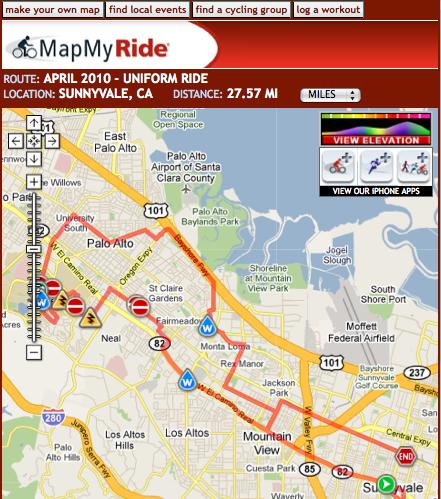



 Free Hot Dogs while supplies last!
Free Hot Dogs while supplies last! Introducing BBQ Sundays
Introducing BBQ Sundays

